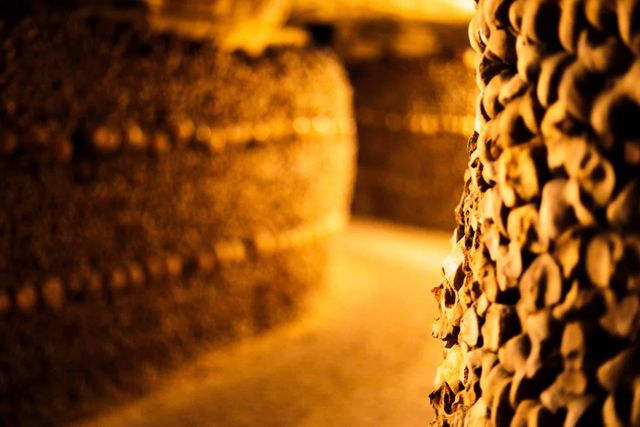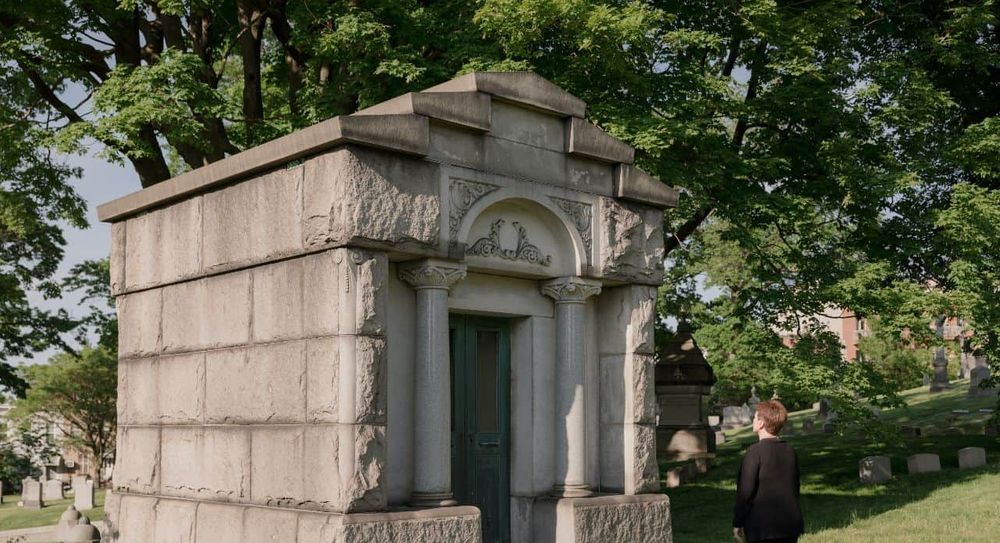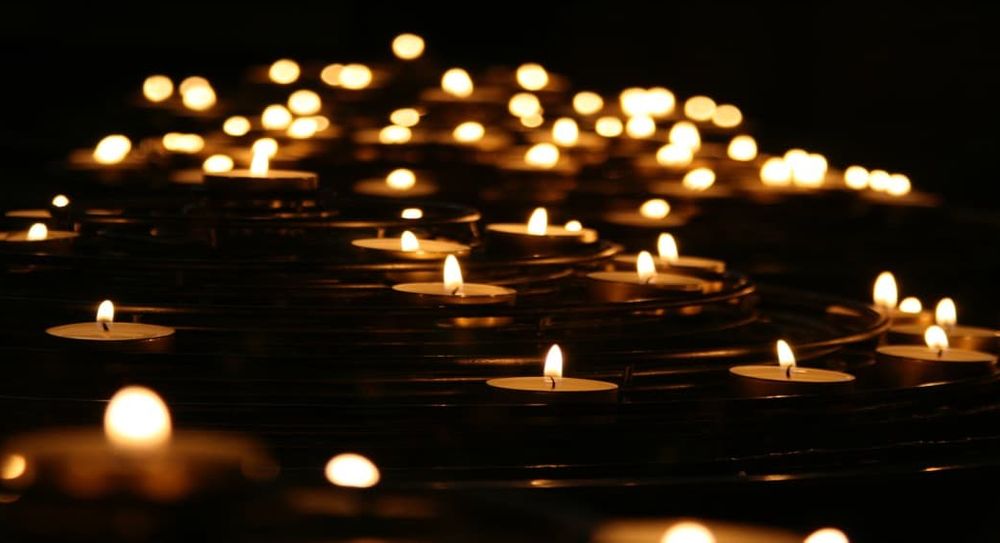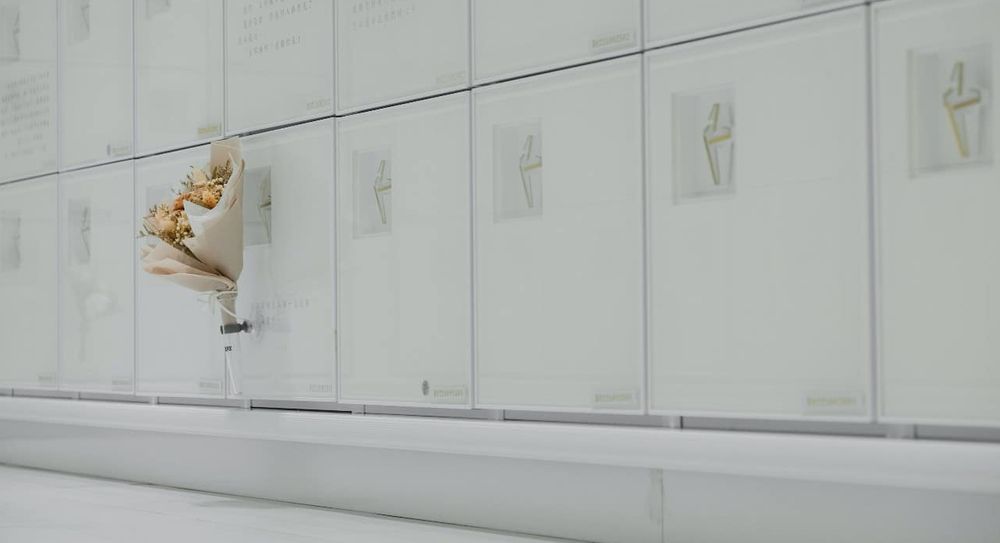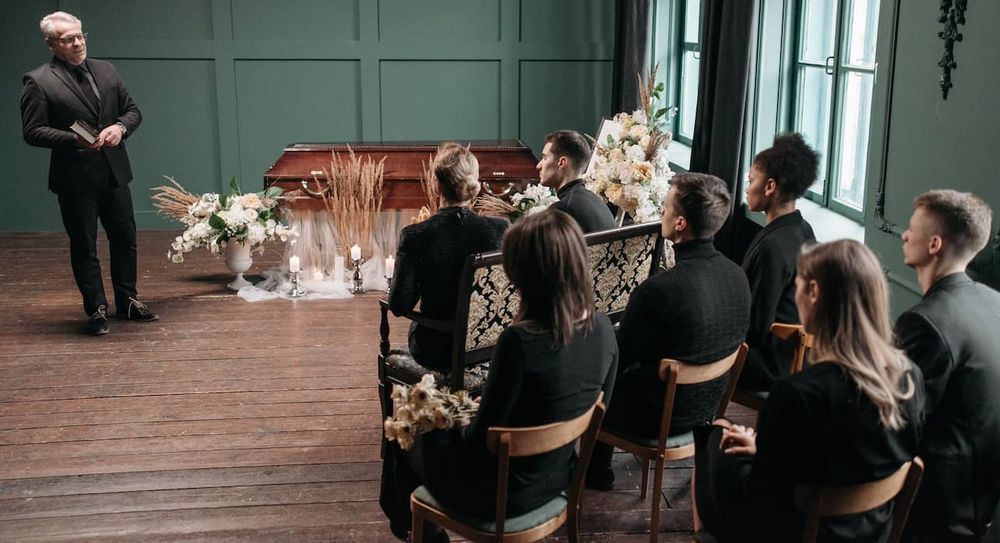What are ossuaries? And where do they come from? Here we explain how different faiths and cultures throughout history have used ossuaries as part of their burial customs.
What is an ossuary and what is its purpose?
An ossuary is a container, room, or building where the bones of dead people are stored or displayed. An ossuary can be a small box or large vault – it can even be an entire church. There are many different types of ossuaries all over the world.
Why do ossuaries exist?
You may not have heard of an ossuary before because they’re not that common in modern life. But they’ve actually been a part of human history for thousands of years. Here are a few examples of how ossuaries were used by different faiths historically:
Zoroastrianism
According to the ancient religion of Zoroastrianism once someone dies the body becomes unclean. So their remains were left to break down and be scavenged in an exposed tower called a dakhma. This was to avoid any contamination of the natural elements which were sacred to Zoroastrian tradition. The bones were then collected and put in an ossuary.
Judaism
Ossuaries used to be part of Jewish custom in the 1st century. After a first burial the remains were later put into boxes made of limestone and decorated with geometric patterns to help identify the person who died. These ossuary boxes were placed in the burial caves where the person was first put to rest.
Eastern Orthodox Church
In the Eastern Orthodox Church, when a brother from a monastery dies they’re buried for a few years. They’re then removed from their grave and their bones are cleaned before being put in an ossuary.
Catholicism
In the Catholic Church displaying bones in rooms or vaults was a way to honour those who had passed away. There are many churches across Europe that still display skulls and human bones that you can visit today.
There were also instances where ossuaries were necessary in the past. They’ve been used to store the remains of people when cemeteries were full. And they were also used when people died in their thousands due to the plague or because of war.
Famous ossuaries around the world
Sedlec Church in Kutna Hora, Czech Republic
The bones of around 40,000 people have been put on display at Sedlec church in a small town just outside Prague. The bones come from the remains of people who died in the Hussite revolution and because of the plague in the 14th century. Known as the church of bones, it’s decorated with a chandelier made from an entire human skeleton.
The Paris catacombs
Possibly the most famous ossuary in the world, the Paris catacombs are one of the French capital’s most visited tourist attractions. Only a small amount of the old quarry tunnels are open to the public which houses 6-7 million Parisian remains. They were exhumed and moved to the tunnels in the 18th century after cemeteries were so full that it was causing unhealthy living conditions.
Douaumont Ossuary, France
The ossuary in Fleury, Douaumont, was built to commemorate the soldiers who died in the battle of Verdun in the first world war. The ossuary itself has inscriptions on the walls dedicated to soldiers who passed away. But the vaults contain the remains of 130,000 soldiers who were never identified.
Funeral Choice is a free resource where you can find and compare funeral directors online. We also offer impartial funeral planning advice.
Photo from iStock.

